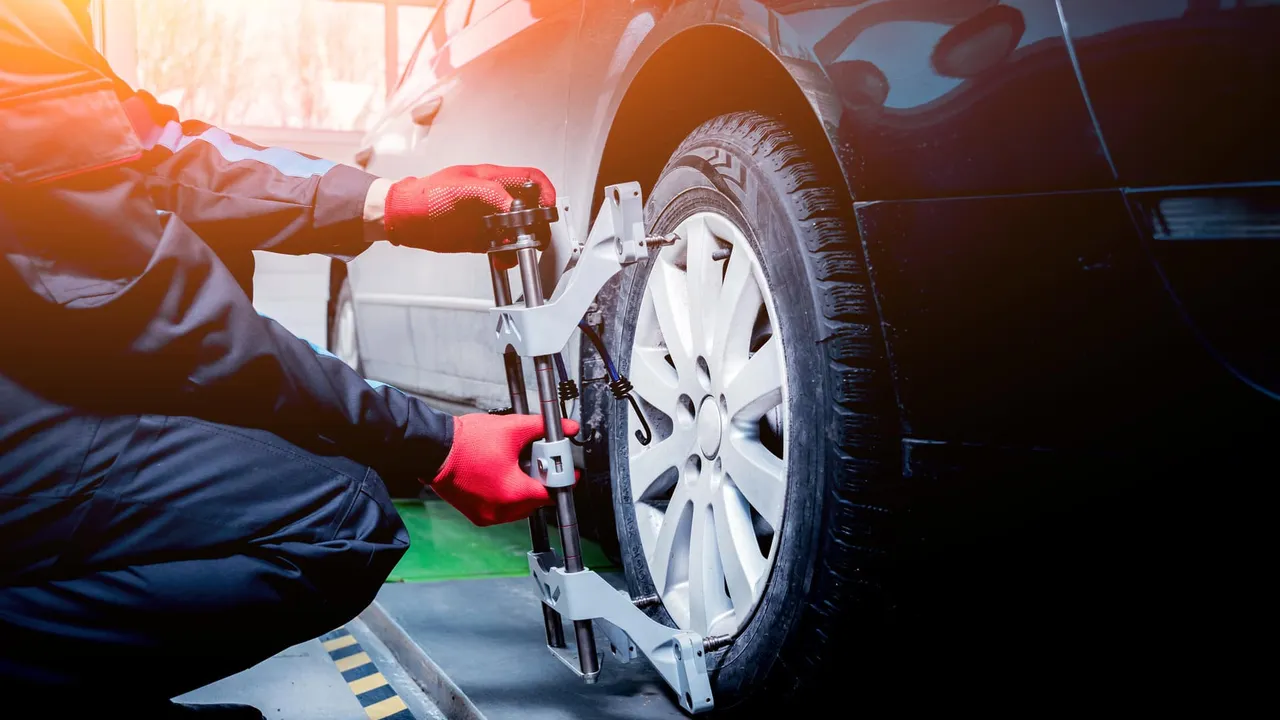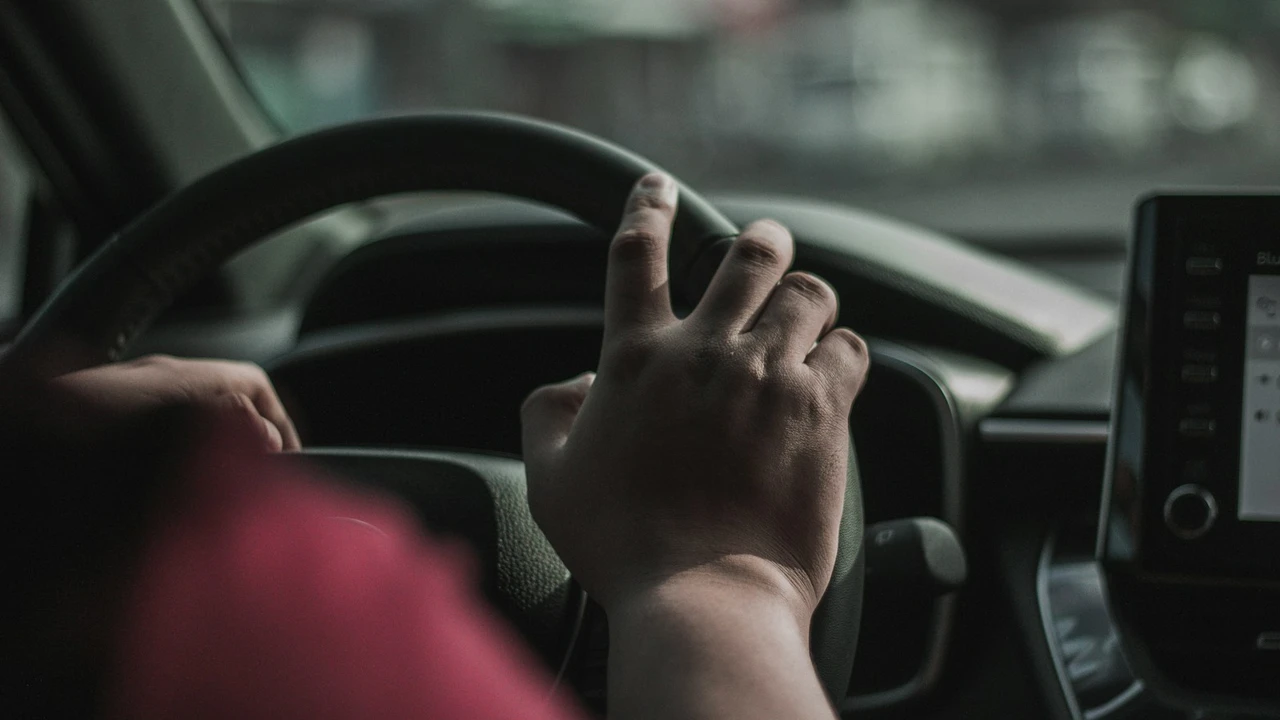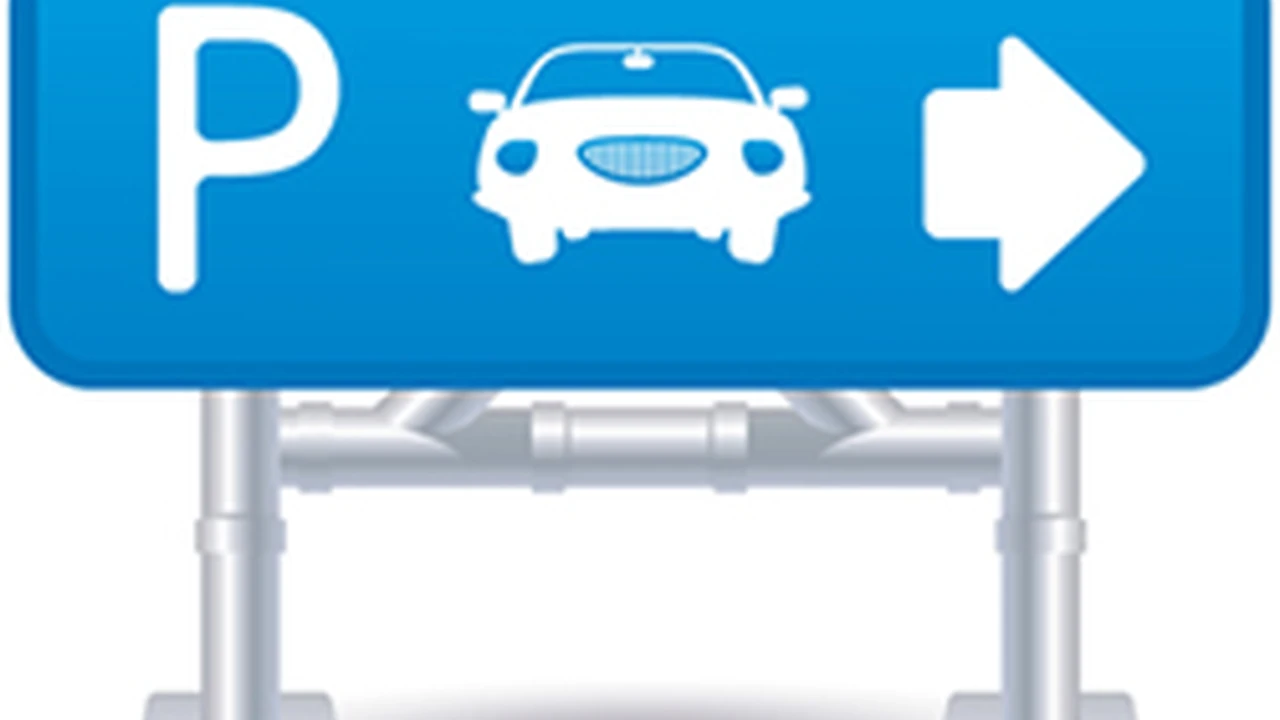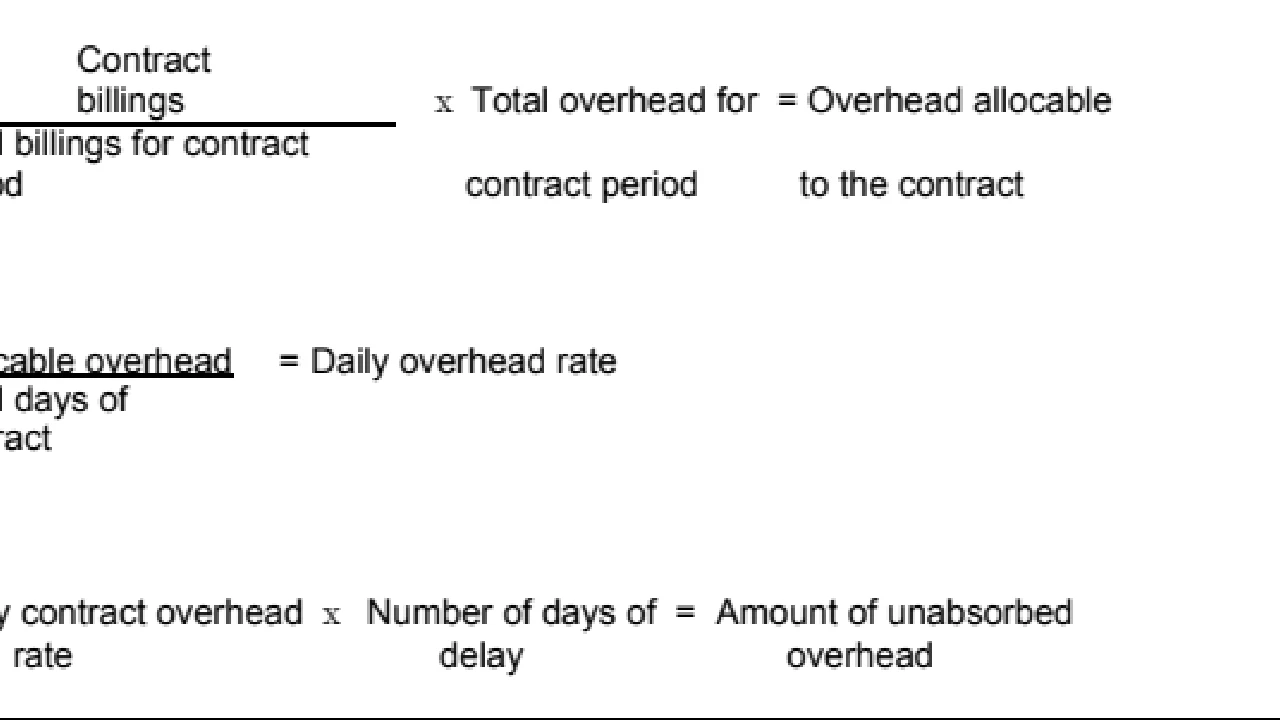Step 5: Getting Your Car Appraised for Damage

Understanding the Car Appraisal Process Damage Assessment 101
Okay, so you've made it to Step 5! That means you've reported the accident, filed your claim, and are now facing the car appraisal. Don't sweat it! This part is all about figuring out how much it's going to cost to get your baby back to its former glory. Think of it like this: you're getting a professional opinion on the boo-boos your car sustained. This appraisal is what the insurance company will use to determine the payout for repairs (or, in a worst-case scenario, declare the car a total loss).
The appraisal process typically involves a qualified appraiser (either from the insurance company or an independent shop) visually inspecting your car. They'll be looking for everything – dents, scratches, broken lights, misaligned panels, and even hidden damage that might not be immediately obvious. They'll use specialized tools and software to estimate the cost of parts, labor, and any necessary paintwork. Sometimes, they might even need to disassemble parts of the car to get a better look at the underlying damage. It's a thorough process, so be patient!
Finding a Reputable Appraiser Independent vs Insurance Company Appraisals
You usually have a couple of options when it comes to getting your car appraised. The insurance company might send their own appraiser, or they might allow you to get an independent appraisal from a repair shop of your choice. There are pros and cons to both.
Using the insurance company's appraiser is usually the most convenient option. They're familiar with the insurance company's procedures and can often expedite the process. However, some people worry that the insurance company's appraiser might be biased towards keeping costs down. While most appraisers are ethical, it's understandable to want a second opinion.
Getting an independent appraisal from a repair shop gives you more control. You can choose a shop that you trust and that has a good reputation. They'll advocate for the necessary repairs and ensure that everything is done properly. The downside is that it might take a little longer to schedule and coordinate, and you might have to pay for the appraisal upfront (although the insurance company should reimburse you if the appraisal is approved).
Ultimately, the best option depends on your comfort level and the specifics of your situation. If you're comfortable with the insurance company's appraiser, go for it. But if you want more control and peace of mind, an independent appraisal might be the way to go.
Preparing Your Car for the Appraisal Ensuring Accurate Damage Assessment
Even though the appraiser is a professional, there are things you can do to help ensure an accurate and fair appraisal. First, clean your car! A clean car makes it easier for the appraiser to see the damage and avoid overlooking anything. Remove any personal belongings from the car, as they can get in the way of the inspection.
Gather any documentation related to the accident, such as the police report, insurance claim number, and any photos or videos you took of the damage. This information can help the appraiser understand the circumstances of the accident and the extent of the damage.
Be prepared to answer the appraiser's questions honestly and accurately. Don't try to exaggerate the damage or hide anything. Honesty is always the best policy, and it will help ensure that you get a fair and accurate appraisal.
Understanding the Appraisal Report Deciphering Damage Estimates
Once the appraisal is complete, you'll receive a report detailing the damage and the estimated cost of repairs. This report is a crucial document, so take the time to review it carefully. Make sure you understand everything that's included and that you agree with the appraiser's assessment.
The report will typically include a list of the damaged parts, the estimated cost of each part, the labor hours required to repair or replace each part, and the cost of any necessary paintwork. It might also include information about the type of parts being used (e.g., original equipment manufacturer (OEM) parts or aftermarket parts) and the hourly labor rate being charged.
If you have any questions or concerns about the appraisal report, don't hesitate to contact the appraiser or your insurance company. They should be able to explain anything you don't understand and address any concerns you might have.
Negotiating the Appraisal Claim Maximizing Your Repair Settlement
Sometimes, the insurance company's initial appraisal might not be enough to cover the full cost of repairs. In these cases, you have the right to negotiate the appraisal claim. This is where having an independent appraisal can be particularly helpful, as you'll have a second opinion to back up your position.
When negotiating the claim, be prepared to provide evidence to support your position. This might include additional estimates from other repair shops, documentation of the damage, and information about the cost of parts and labor in your area. Be polite but firm, and don't be afraid to stand up for what you believe is fair.
If you're unable to reach an agreement with the insurance company, you might have the option of filing a formal complaint or even pursuing legal action. However, these should be considered as last resorts, as they can be time-consuming and expensive.
Essential Tools for Car Damage Appraisal DIY Inspection Aids
While a professional appraisal is crucial for insurance claims, having a few tools on hand can help you assess minor damage yourself. This is especially useful for deciding whether to file a claim or pay out-of-pocket.
- Paint Depth Gauge: This tool measures the thickness of the paint on your car. It can help you determine if a scratch is just in the clear coat or if it's gone down to the metal. Brands like PosiTector and Defelsko offer reliable gauges, ranging from $300 to $1000 depending on features. Use it by taking multiple readings around the damaged area and comparing them to readings on undamaged panels. If there's a significant difference, the damage is likely more severe.
- Inspection Light: A good inspection light, like the SCANGRIP Sunmatch 3 (around $200), will help you spot imperfections that are difficult to see in normal lighting. Its adjustable brightness and color temperature make it ideal for revealing swirls, scratches, and dents. Shine the light at different angles across the panel to highlight imperfections.
- Dent Removal Kit: For small, shallow dents, a DIY dent removal kit can be a cost-effective solution. Brands like A1 PDR and Gliston offer kits ranging from $50 to $200. These kits typically include suction cups, glue guns, and various tools for pulling out dents. These are best used for dents without creases and on flexible panels.
Specific Product Recommendations for Damage Repair Paint Scratch Removers and More
Beyond appraisal, you might want to try some DIY repairs, especially for minor scratches. Here are a few recommended products:
- Meguiar's Ultimate Compound: This is a versatile compound that can remove light to moderate scratches, swirl marks, and oxidation. It's available at most auto parts stores for around $15. Use it with a microfiber cloth or a polishing pad on a dual-action polisher. Apply a small amount to the pad and work it into the paint in overlapping motions.
- Griot's Garage Paint Cleaning Clay: Clay bars remove embedded contaminants from your paint, leaving it smooth and ready for polishing. A kit with clay bar and lubricant costs around $25. Spray the lubricant onto the panel and gently rub the clay bar back and forth. Fold the clay frequently to expose a clean surface.
- Dr. ColorChip Road Rash Paint Repair Kit: This kit is designed to fix small paint chips and scratches. It includes a custom-matched paint, a blending solution, and applicators. The price varies depending on the paint color, but it's typically around $50. Apply the paint to the chip, let it dry, and then use the blending solution to remove excess paint.
Comparing Car Damage Repair Products What's Right for You?
Choosing the right product depends on the type and severity of the damage:
* **Light Scratches:** For scratches that you can't feel with your fingernail, a compound like Meguiar's Ultimate Compound is a good choice. It's relatively easy to use and can remove most light imperfections. * **Moderate Scratches:** If you can feel the scratch with your fingernail, you might need a more aggressive compound or a professional repair. * **Paint Chips:** Dr. ColorChip is specifically designed for paint chips and provides a color-matched solution. * **Dents:** DIY dent removal kits are suitable for small, shallow dents without creases. For larger or more complex dents, it's best to consult a professional.Consider the cost, ease of use, and potential for damage when selecting a product. Always test the product in an inconspicuous area before applying it to the entire panel.
The Cost of Car Damage Repair Understanding Pricing Factors
The cost of car damage repair can vary widely depending on several factors:
* **Severity of the Damage:** Minor scratches and dents are relatively inexpensive to repair, while more extensive damage can cost thousands of dollars. * **Type of Car:** Luxury cars and cars with specialized paint finishes often have higher repair costs. * **Parts Used:** OEM parts are typically more expensive than aftermarket parts. * **Labor Rates:** Labor rates vary depending on the location and the repair shop. * **Insurance Coverage:** Your insurance deductible will affect your out-of-pocket expenses.Always get multiple estimates from different repair shops before making a decision. Be sure to ask about the type of parts being used, the labor rates, and any warranties offered.
Remember, getting your car appraised and understanding the repair process is key to getting back on the road with confidence. Good luck!
:max_bytes(150000):strip_icc()/277019-baked-pork-chops-with-cream-of-mushroom-soup-DDMFS-beauty-4x3-BG-7505-5762b731cf30447d9cbbbbbf387beafa.jpg)






